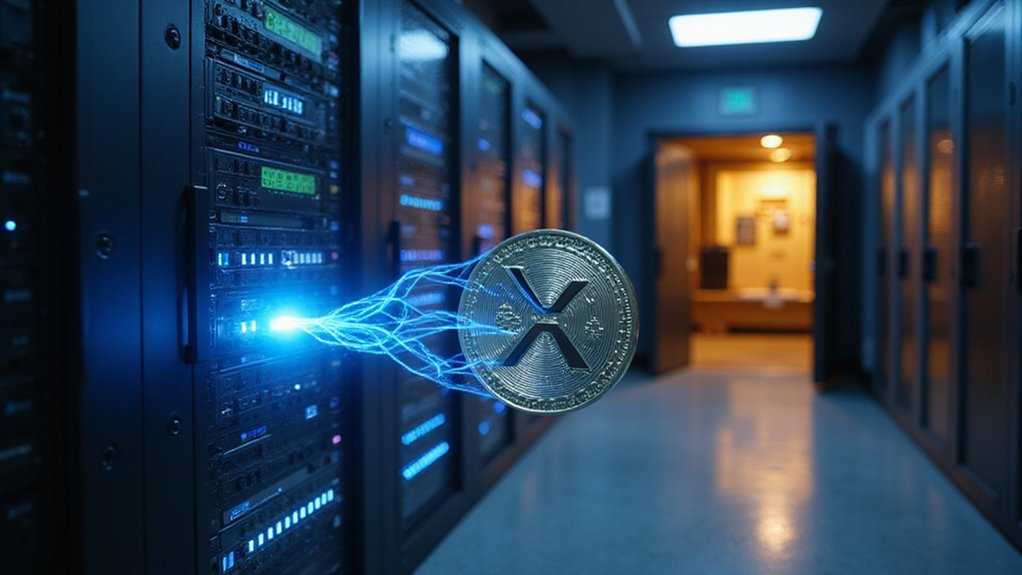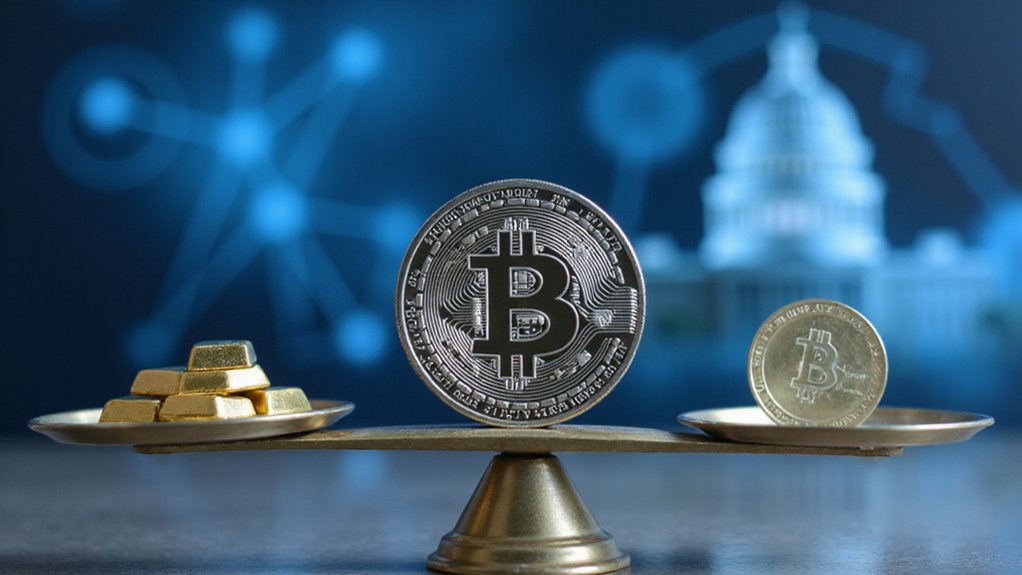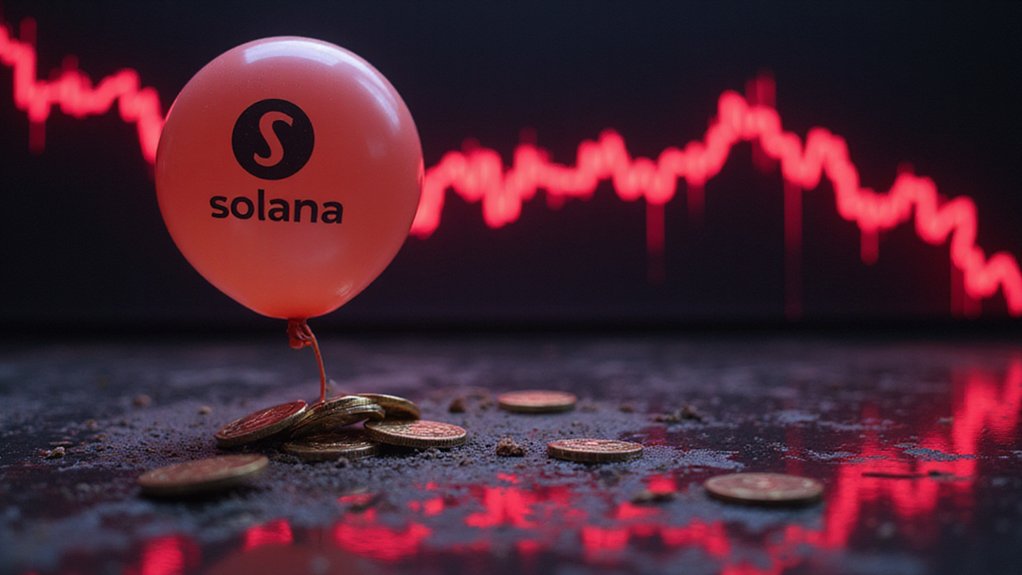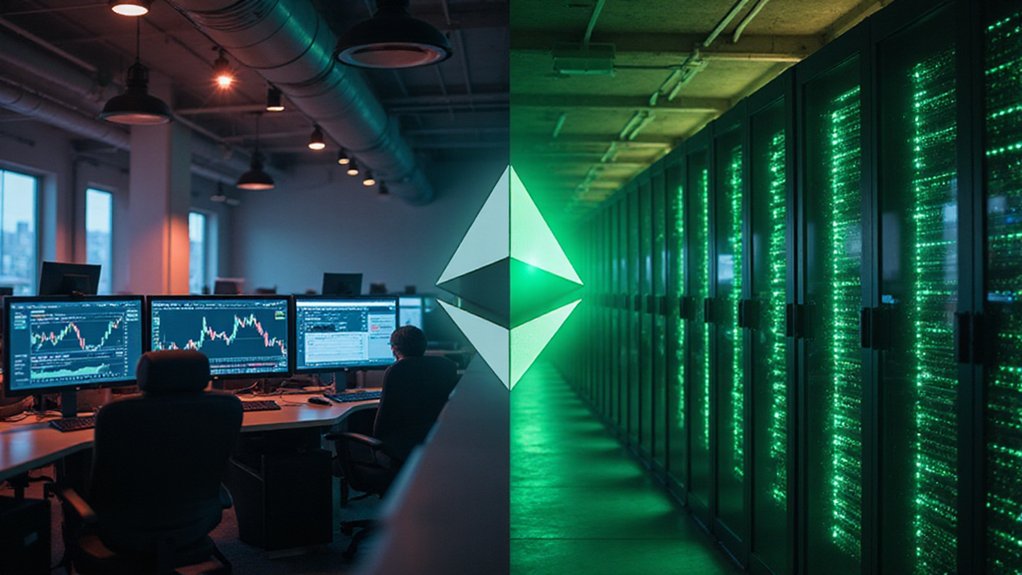As the global financial landscape continues to evolve, XRP has emerged as a potential catalyst for a banking transformation that could fundamentally transform how cross-border payments operate. The digital asset, created by Ripple, offers near-instant international transfers while reducing transaction costs by up to 60%, positioning it as a formidable alternative to traditional banking infrastructure.
Currently, an estimated $27 trillion sits idle in nostro and vostro accounts worldwide, capital that financial institutions must maintain to facilitate cross-border transactions. XRP technology could potentially free up to $5 trillion of this dormant liquidity, with analysts suggesting $1.5 trillion could be immediately liberated through widespread adoption. This represents significant working capital that banks could redeploy for lending and investment activities.
Unlocking $5 trillion in dormant capital could revolutionize banking as XRP frees financial institutions from liquidity prisons.
The technical advantages of XRP make this vision increasingly viable. Processing 1,500 transactions per second, the network can handle VISA-level transaction volumes while reducing processing time by 98%. Its consensus algorithm delivers energy efficiency superior to Bitcoin, while maintaining robust security against double-spending concerns. XRP's minimal energy consumption makes it a sustainable option that aligns perfectly with growing environmental concerns in the financial sector.
Financial institutions are taking notice. Over 300 banks and payment providers have joined RippleNet, with major players like MoneyGram, Santander, and Bank of America exploring the technology. This institutional interest signals growing confidence despite ongoing regulatory challenges, particularly the SEC lawsuit expected to reach resolution by 2025. The implementation of cross-chain bridges could further enhance XRP's utility by enabling seamless asset transfers between different blockchain networks.
Competition remains fierce, with SWIFT's gpi improvements, emerging Central Bank Digital Currencies, and alternatives like Stellar and JPMorgan's JPM Coin all vying for market share. Nevertheless, XRP maintains its position as the third-largest cryptocurrency by market capitalization.
Looking ahead, analysts project XRP could reach $5-$10 by 2026, with 50% of top global banks potentially utilizing the technology by 2027. If XRP captures just 10% of the global remittance market while expanding into trade finance and supply chain payments, it could save financial institutions $10-15 billion annually in fees—a compelling proposition for an industry seeking efficiency in an increasingly digital global economy. The integration of On-Demand Liquidity service further enhances XRP's value by eliminating the need for pre-funding accounts in international transactions.





